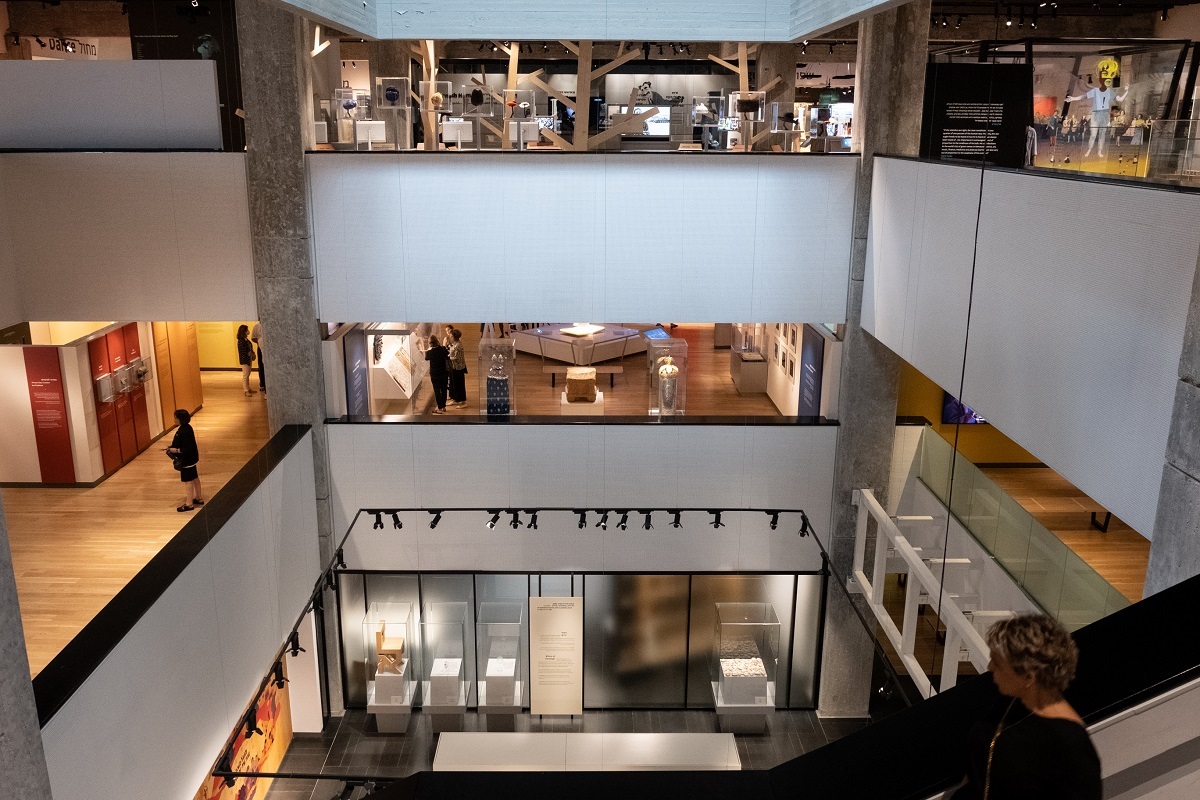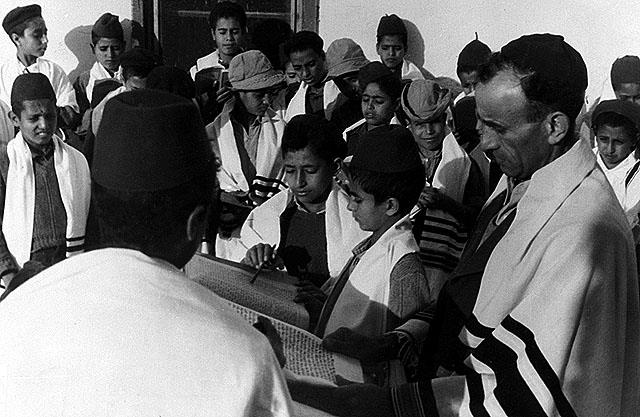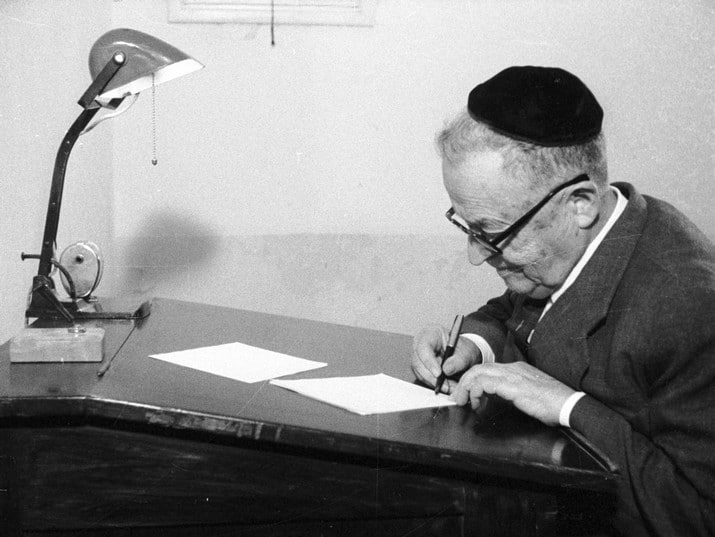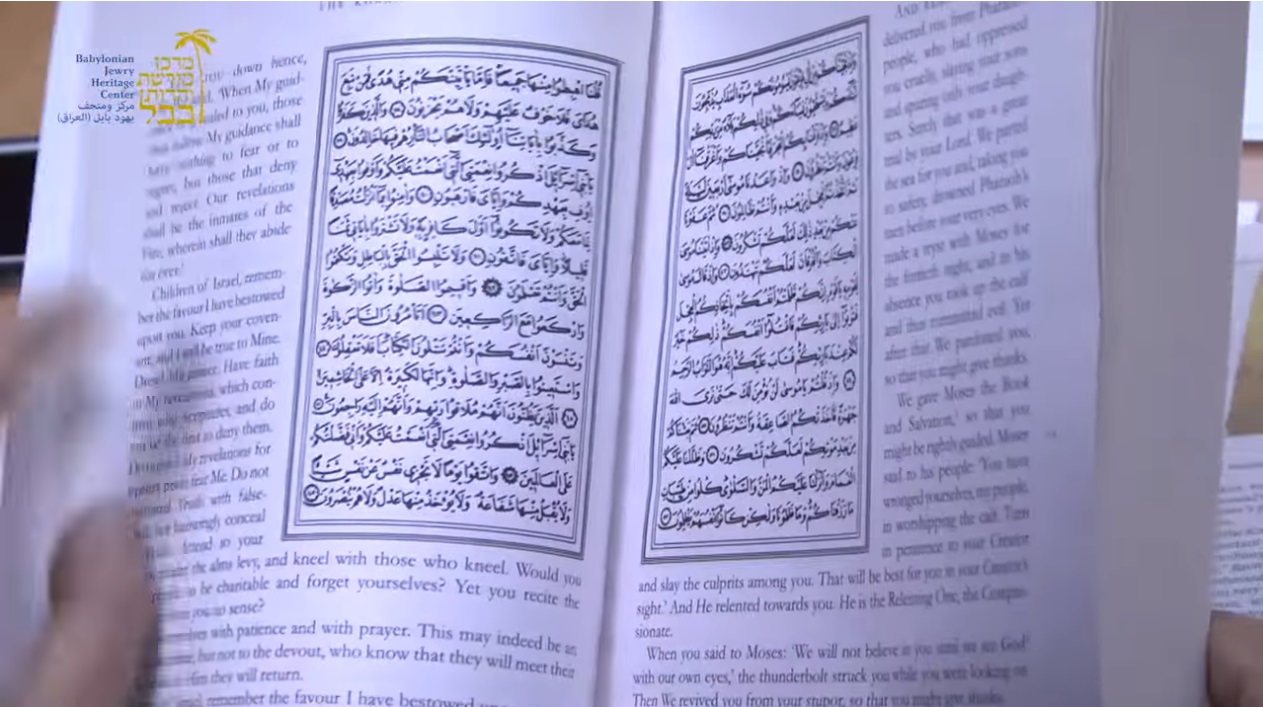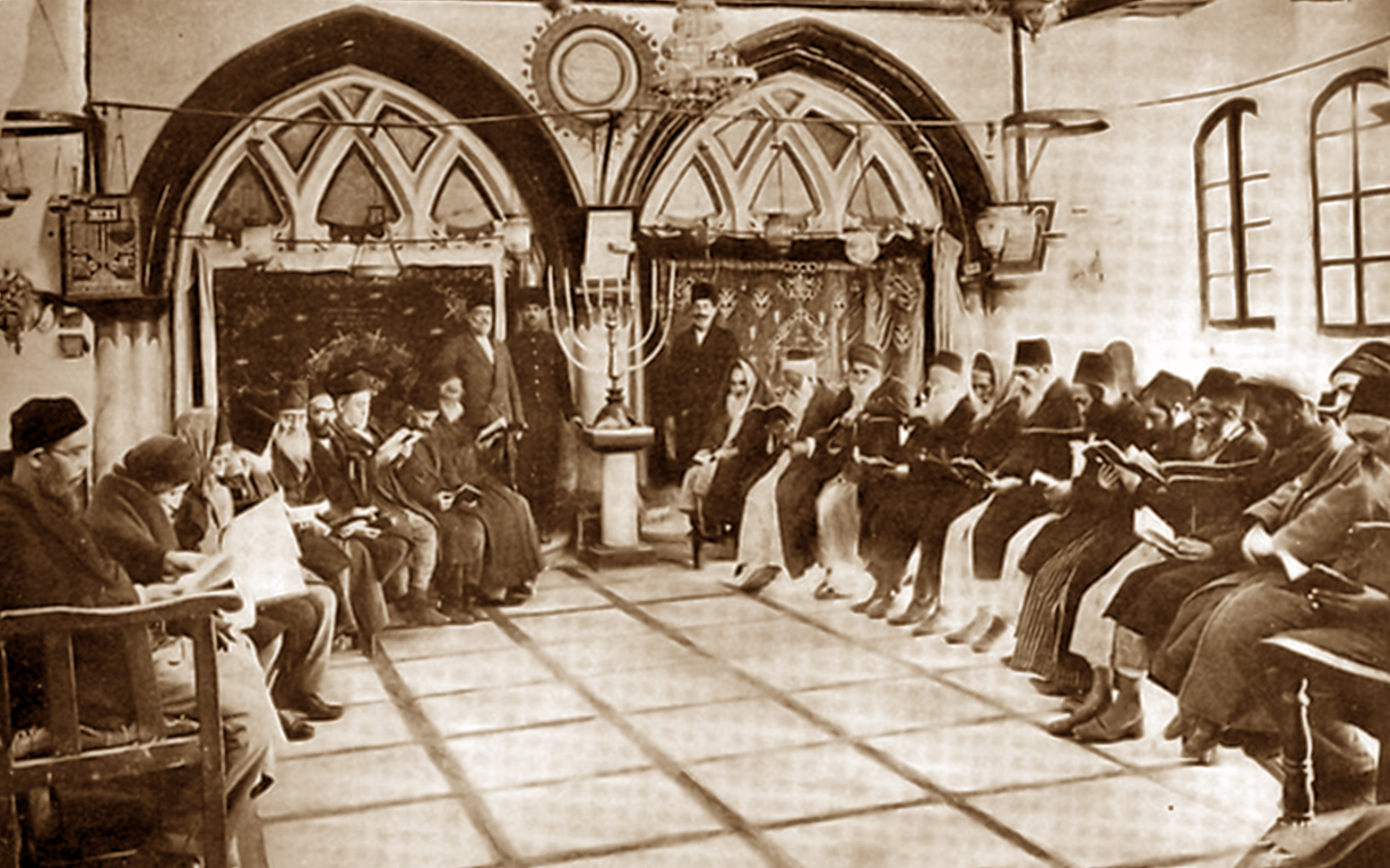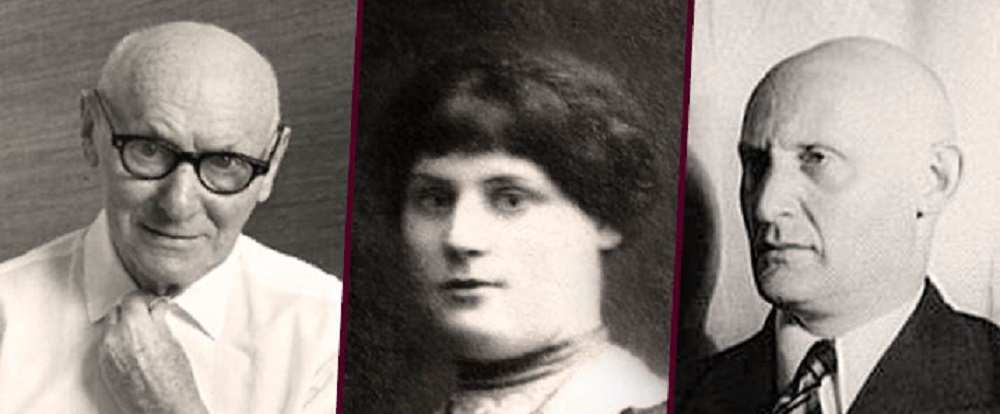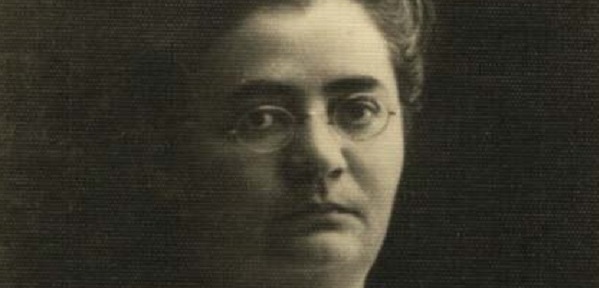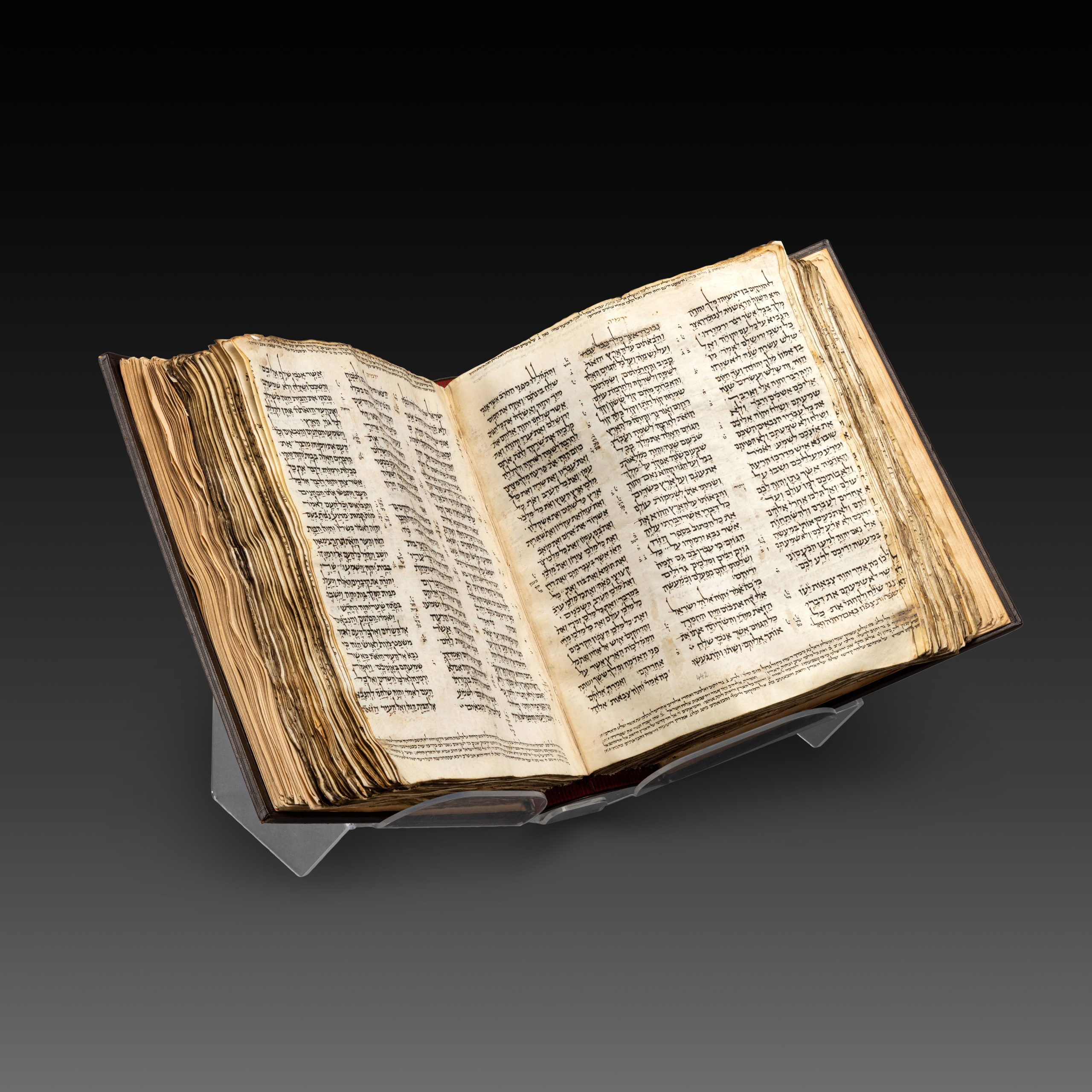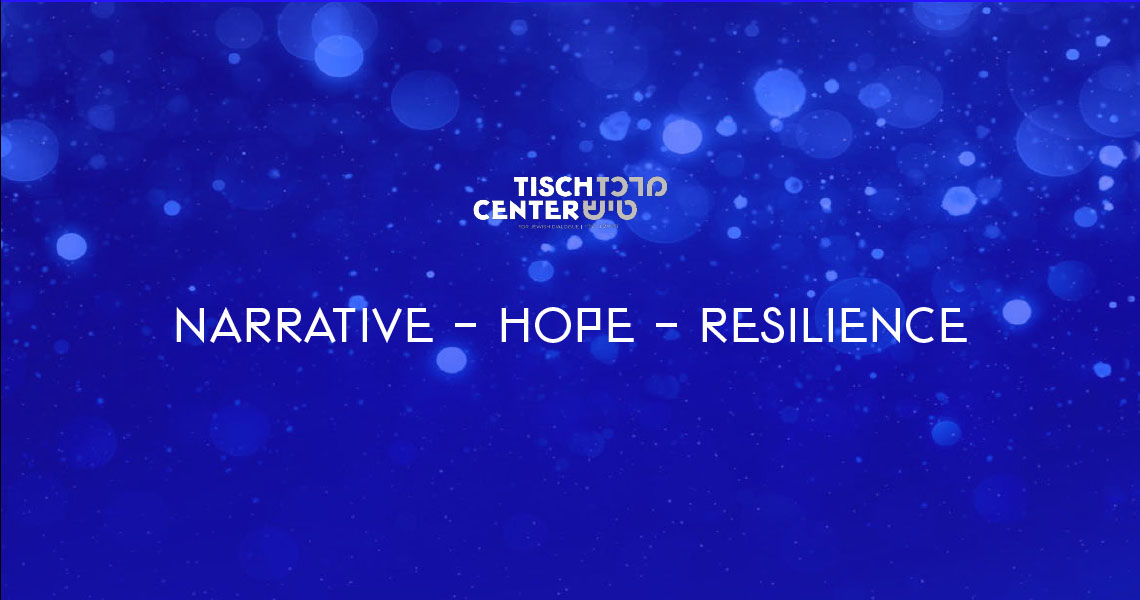
Webinar: Hope, Resilience and A New Jewish Narrative
Webinar: Hope, Resilience and A New Jewish Narrative November 16, 1pm EST \ 8 PM IL Jewish professionals, leaders and educators from around the world are invited to engage in how to generate internal hope and resilience with ANU’s Naama Klar, director of The Koret International School for Jewish Peoplehood, and Tracy Frydberg, director of the Andrew H. and Ann R. Tisch Center for Jewish Dialogue, along with Emory University psychologist, Dr. Marshall Duke. The online event will offer a new framing of the post-October 7 period and its global Jewish implications. The event will conclude with useful tools and[…]
